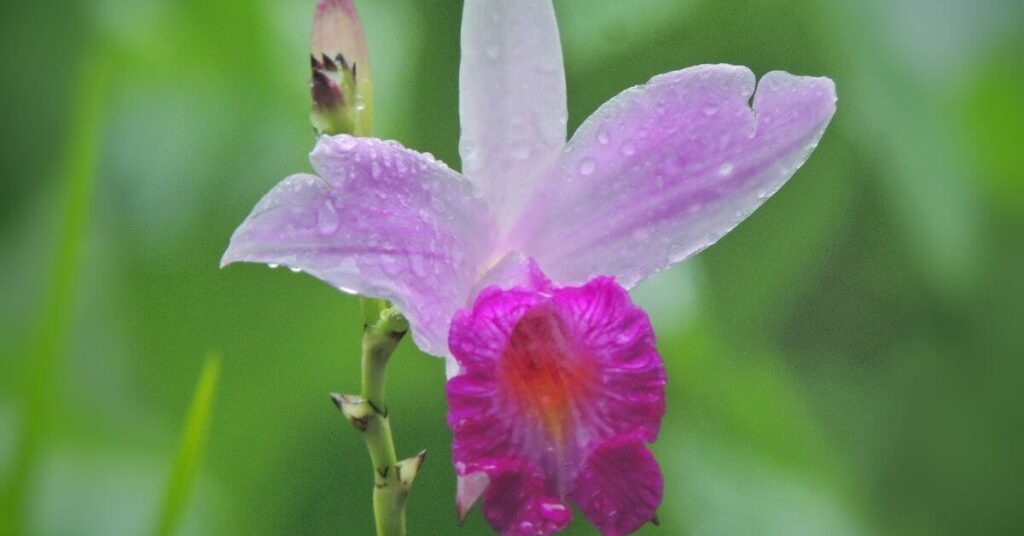Introduction:
If there’s a plant that captivates gardening and interior design enthusiasts alike, it’s the Sago Palm. With its lush and elegant foliage, this ornamental plant wins hearts around the world. In this article, we will explore all the fascinating aspects of this species, from its botanical characteristics to practical tips for cultivation and maintenance. Get ready to dive into the green universe of the Sago Palm!
1. Origins and History:
The Sago Palm (Cycas revoluta) is native to Southeast Asia, specifically Japan, China, and Vietnam. With a history dating back millions of years, this plant has a significant presence in various Asian cultures, symbolizing longevity and resilience. Over the centuries, the Sago Palm gained prominence in the ornamental gardens of palaces and temples, solidifying its reputation as a highly valued aesthetic plant.
2. Botanical Characteristics:
2.1. Morphology:
The Sago Palm is an evergreen plant with frond-like leaves arranged spirally around a central stem. Its structure visually resembles palms, contributing to its popularity as a decorative plant.
2.2. Size:
This plant can vary in size, from small varieties suitable for indoor pots to larger specimens that stand out in landscaped gardens.
2.3. Life Cycle:
The Sago Palm is a slow-growing plant that can live for decades, making it a long-lasting choice for those seeking enduring green decoration.
3. Sago Palm Cultivation:
3.1. Soil and Substrate:
The choice of soil is crucial for Sago Palm cultivation success. Well-draining, organic-rich substrate is fundamental to replicate the ideal conditions of its natural habitat.
3.2. Light and Environment:
This plant thrives in areas with filtered light, preferring partially shaded environments. Avoid direct sun exposure, especially during the hottest parts of the day.
3.3. Irrigation:
Watering should be moderate, allowing the soil to dry slightly between waterings. Avoid excessive water accumulation, as the Sago Palm is sensitive to waterlogging.
3.4. Temperature:
The Sago Palm is resistant to a wide range of temperatures, but its optimal growth occurs in mild climates. Protect it from severe frosts and extreme temperatures.
4. Propagation and Reproduction:
Sago Palm propagation can be done through seeds or lateral shoots. Each method has its specifics, and the choice will depend on the gardener’s preferences. The propagation process is an exciting opportunity to expand your plant collection and share the beauty of the Sago Palm with friends and family.
5. Care and Maintenance:
5.1. Fertilization:
Regular application of balanced fertilizer during the growing season stimulates healthy plant development. Follow the manufacturer’s recommendations to ensure the correct dosage.
5.2. Pruning:
The Sago Palm does not require frequent pruning, but removing dry or damaged leaves helps maintain its elegant appearance. Use sharp, clean tools to avoid damaging the plant.
5.3. Pest and Disease Control:
While generally resistant to pests, the Sago Palm can be affected by scale insects and aphids. Regular inspections help identify issues early, facilitating corrective measures.
6. Uses and Applications:
The versatility of the Sago Palm makes it a popular choice for both indoor and outdoor settings. Whether as a focal point in a garden, a standout indoor plant, or part of more elaborate landscaping arrangements, this plant easily adapts to different scenarios.
7. Curiosities and Myths:
Discover intriguing facts about the Sago Palm, from its use in cultural practices to myths associated with the plant. Knowing these aspects adds an extra layer of fascination to the experience of cultivating this extraordinary plant.
Conclusion:
In summary, the Sago Palm is more than just an ornamental plant; it’s a living piece of art that transforms any space into a green oasis. By understanding its origins, botanical characteristics, and applying proper care, you’ll be ready to enjoy a long and healthy life alongside this majestic plant. May the elegance of the Sago Palm continue to enchant gardeners and nature enthusiasts worldwide.






